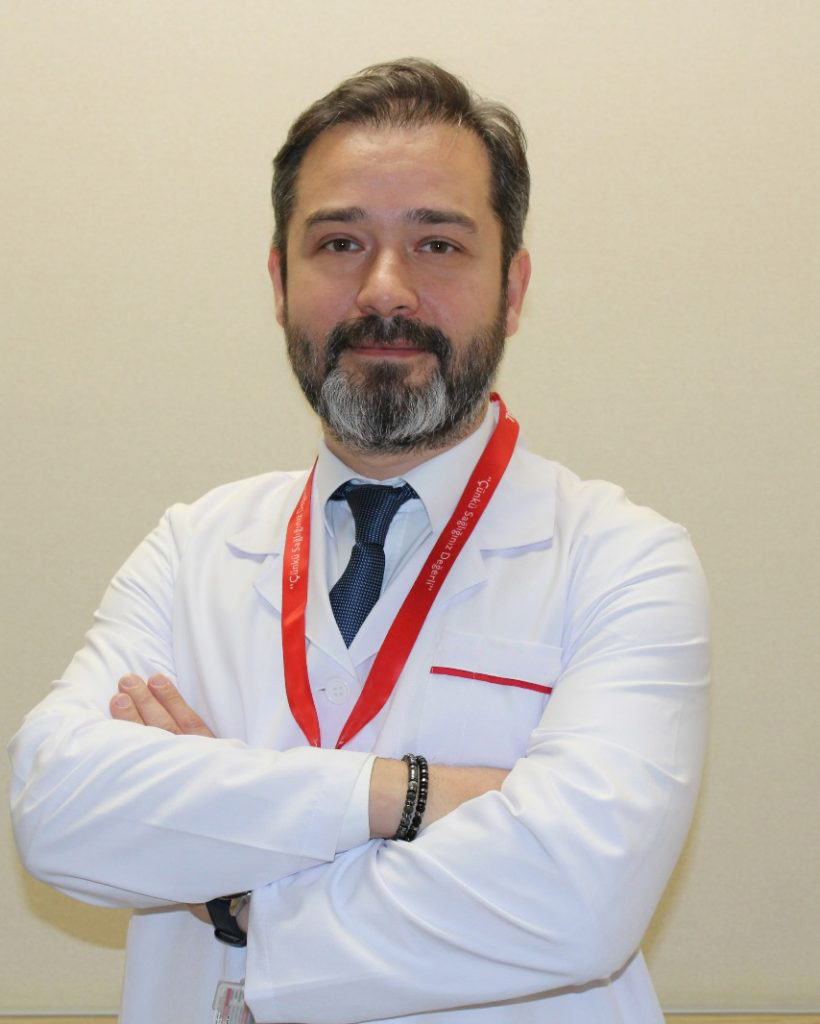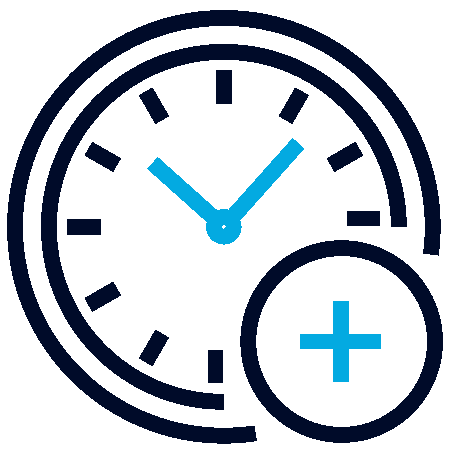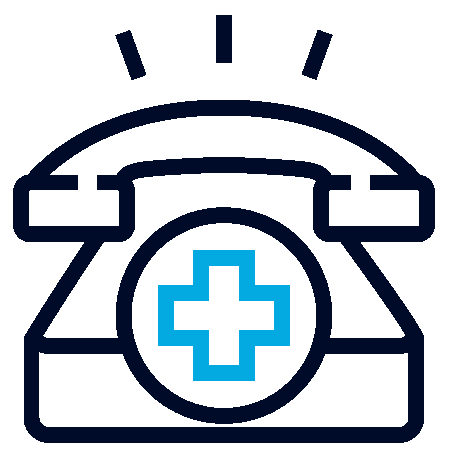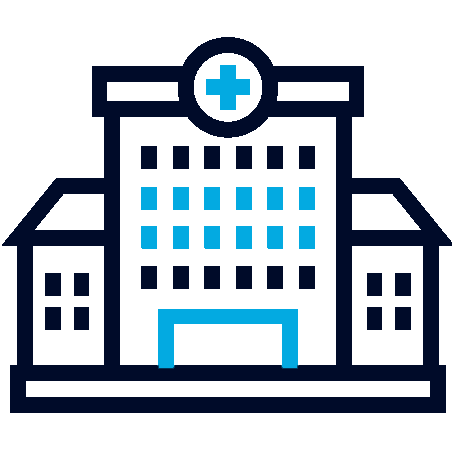Publish Date: 4 July 2025
Scoliosis is a medical condition characterized by an abnormal lateral curvature of the spine, most commonly developing during growth spurts in adolescence. While some cases are mild, others can become more pronounced, potentially leading to discomfort, pain, or mobility challenges. Early diagnosis and treatment are essential for managing scoliosis effectively, especially under the guidance of specialists like Doç. Dr. Ömer Bozduman. This guide answers the most important questions about scoliosis, including its causes, symptoms, types, and modern treatment options.
What Is Scoliosis?
scoliosis is defined as a three-dimensional curvature of the spine that often presents in an “S” or “C” shape when viewed from the back. This curvature usually becomes noticeable during childhood or adolescence but can also develop in adults due to degenerative spine conditions. The official scoliosis definition includes any spinal curve greater than 10 degrees, as measured by the Cobb angle on X-rays.
Unlike postural issues or minor imbalances, scoliosis is a structural condition that may progress over time. It’s essential to differentiate scoliosis from other spinal disorders, as it may require specialized care. While mild scoliosis might not need intensive intervention, more advanced cases may lead to visible asymmetry, reduced lung function, or chronic scoliosis pain.
Common signs include uneven shoulders, protruding ribs, or a tilted waist. The earlier scoliosis is detected, the more treatment options are available—ranging from monitoring to bracing or even scoliosis surgery in severe cases. Understanding the basics of this condition helps in seeking timely diagnosis and exploring appropriate scoliosis treatments.
How Do You Get Scoliosis?
There isn’t always a clear-cut answer to how someone gets scoliosis, as the most common form—idiopathic scoliosis—has no known cause. However, researchers believe a combination of genetic and environmental factors may play a role. This type typically develops in otherwise healthy children and adolescents during growth spurts, particularly among girls.
Other forms of scoliosis can stem from specific underlying conditions. Neuromuscular scoliosis, for instance, occurs in individuals with muscular or neurological disorders such as cerebral palsy or muscular dystrophy. Meanwhile, congenital scoliosis is present from birth due to spinal malformations that occur during fetal development.
There are also cases where scoliosis appears later in life, often due to spinal degeneration linked to aging. Known as lumbar scoliosis, this form is typically associated with the lower spine and may arise from disc degeneration, arthritis, or bone density loss.
In some rare instances, poor posture or leg length discrepancies can mimic scoliosis but don’t qualify as structural scoliosis. Consulting a scoliosis doctor is crucial for accurate diagnosis and to distinguish between true scoliosis and other spinal issues.
What Causes Scoliosis?
The scoliosis causes can vary widely depending on the type of scoliosis. In up to 80% of cases, the condition is labeled idiopathic, meaning the cause is unknown. Idiopathic scoliosis most commonly affects adolescents during growth spurts and is believed to involve hereditary factors—many often ask, “Is scoliosis genetic?” Though no single gene has been identified, family history is a significant factor.
Other causes include neuromuscular conditions like muscular dystrophy, cerebral palsy, or spina bifida, which weaken spinal-supporting muscles, leading to curvature. This form tends to worsen quickly and requires early, often aggressive, scoliosis treatment.
Congenital scoliosis results from vertebral malformations in the womb. These defects cause uneven spinal growth and often lead to early medical evaluation and surgical planning.
Adult-onset or degenerative scoliosis is linked to age-related wear on spinal discs and joints, frequently seen in lumbar scoliosis. This type arises from issues such as disc degeneration, arthritis, or osteoporosis. Identifying the cause is crucial for choosing the appropriate treatment plan.
What Are The Symptoms Of Scoliosis?
Scoliosis symptoms vary based on the curvature’s severity and the patient’s age. Many mild cases are asymptomatic, making school screenings during adolescence critical. As the curvature increases, physical signs and discomfort become more apparent.
Early symptoms may include uneven shoulders, one shoulder blade more prominent, a curved spine, uneven waist or hips. In thoracic scoliosis, a rib hump is visible when bending forward.
Pain is typically not seen in children, but in adults, scoliosis pain is a frequent issue. It often occurs in the lumbar scoliosis area and may worsen with prolonged standing or walking. Severe scoliosis can also reduce lung capacity and cause breathing difficulties, especially if the rib cage is compressed.
Types Of Scoliosis
Idiopathic Scoliosis
Idiopathic scoliosis is the most common type, comprising approximately 80% of cases. It appears in adolescents aged 10–18 and tends to affect girls more often. The exact cause is unknown, although genetics are suspected. This form usually causes painless spinal curves noted during routine exams. Treatment options range from observation to bracing and potentially scoliosis surgery if the curve progresses.
Neuromuscular Scoliosis
This type stems from neurological or muscular disorders like muscular dystrophy, cerebral palsy, or spinal cord injury. These conditions weaken spinal muscles, leading to curvature. Neuromuscular scoliosis often progresses rapidly and may cause mobility and respiratory complications. Treatment may include bracing or surgery depending on progression.
Congenital Scoliosis
Congenital scoliosis develops due to vertebral malformations in utero. Present at birth, it’s discovered early through imaging. Depending on the specific defect and its progression, early surgical planning may be needed to manage the curvature effectively.
How Is Scoliosis Diagnosed?
Diagnosing scoliosis involves physical exams, medical history review, and imaging tests. Visual inspection—particularly via the Adam’s Forward Bend Test—often reveals spinal curves or rib prominence. Diagnosis is confirmed with X-rays, measuring the curvature using the Cobb angle. A curve of 10 degrees or more indicates scoliosis. In complex cases, CT or MRI scans may assess the spinal cord and surrounding tissues. Early diagnosis allows timely intervention, whether observation, bracing, or scoliosis treatment is warranted.
What Kind Of Doctor Treats Scoliosis?
A scoliosis doctor is usually an orthopedic spine specialist, often with subspecialty training in pediatric or adult spinal deformities. Pediatric cases are managed by pediatric orthopedic surgeons, while adults may see orthopedic spine surgeons or neurosurgeons. Neuromuscular cases are often treated by a multidisciplinary team including neurologists, physical therapists, and rehabilitation specialists. Selecting an experienced spine specialist is key to successful outcomes.
What Is The Treatment For Scoliosis?
Scoliosis treatment depends on scoliosis type, patient age, curve severity, and progression. Mild scoliosis may only need observation with periodic imaging. In children and adolescents, bracing is a common first-line treatment, while adults focus on symptom relief with physical therapy, medication, or injections. Severe scoliosis often requires surgical intervention such as spinal fusion to realign and stabilize the spine. Modern techniques improve safety and outcomes.
Scoliosis Treatment For Adults
Adult treatments prioritize managing scoliosis pain, stiffness, and functional impairment, especially in degenerative lumbar scoliosis. Conservative care includes physical therapy, anti-inflammatory medications, and injections to alleviate symptoms. Surgery may be necessary when non-invasive treatments fail. Procedures like spinal decompression and fusion are used to stabilize the spine and decompress nerves, with realistic recovery expectations based on age and health.
Scoliosis Treatment For Children
In children, early detection allows for effective management. Continuous monitoring is used for mild scoliosis, while bracing is applied for curves between 20–40 degrees during growth periods. Braces like the Boston brace help slow progression but don’t cure the condition. Surgery is considered if curves exceed 45–50 degrees or if bracing is ineffective. Surgeons may use spinal fusion or growth-friendly methods in younger children, with most patients returning to normal activity post-recovery.
Scoliosis Treatment in Turkey
Scoliosis treatment in Turkey is widely recognized for its quality and value. Hospitals offer modern imaging, robotic-assisted surgical technologies, and personalized rehab plans. Specialists like Doç. Dr. Ömer Bozduman serve both local and international patients, providing care that combines expertise with affordability. English-speaking medical support and medical tourism services enhance the patient experience, making Turkey a leading destination for scoliosis care.
How To Fix Scoliosis?
Fixing scoliosis depends on multiple factors: age, curvature severity, and overall health. In mild scoliosis, careful observation, bracing, and exercises for scoliosis may suffice to halt progression. Bracing can control moderate curves but does not reverse them. Severe or progressive curves often require surgical correction, such as spinal fusion, to realign the spine and minimize scoliosis pain. Though complete correction isn’t always possible, treatments aim to improve alignment and quality of life.
Things To Consider For Those With Scoliosis
Living with scoliosis requires proactive spine health and lifestyle habits. Proper posture and ergonomic setups help minimize strain, particularly in lumbar scoliosis. Maintaining a healthy weight and strengthening core muscles can support spinal alignment. Body image and mental well-being are important, especially for adolescents—support groups or counseling can be beneficial. Regular checkups with a scoliosis doctor ensure any curvature changes are monitored and treatment is adjusted accordingly. Most individuals with proper care can live active, pain-free lives.
Exercises For Scoliosis
Targeted exercises can reduce scoliosis pain and support alignment. The Schroth method focuses on customized breathing, posture, and muscle activation to address curve patterns. Yoga, pilates, and core-strengthening movements—like planks, bird-dogs, and pelvic tilts—can enhance spinal support. Stretching tight hips, hamstrings, and the lower back also alleviates discomfort. Always begin exercises under the guidance of a therapist or scoliosis doctor to ensure safety and effectiveness.
Frequently Asked Questions About Scoliosis
Is scoliosis genetic?
Yes, idiopathic scoliosis often runs in families. While no single gene is identified, having a first-degree relative with scoliosis increases the likelihood of developing the condition.
Can you fix scoliosis completely?
While scoliosis treatment can significantly improve alignment and relieve symptoms, complete reversal may not be possible—especially in adults. Bracing can prevent progression in children, and surgery can reduce curvature. Some residual curve or stiffness may remain.
When is surgery required for scoliosis?
Scoliosis surgery is typically recommended when curves exceed 45–50 degrees and show progression. It’s also considered when patients experience chronic pain, breathing issues, or significant cosmetic concerns, or when non-surgical methods fail to halt progression.

Assoc. Prof. Dr. Ömer Bozduman completed his medical degree in 2008 and subsequently served in various emergency medical units before finishing his Orthopedics and Traumatology residency in 2016. After working at Afyonkarahisar State Hospital, Tokat Gaziosmanpaşa University, and Samsun University, he continued his career at Memorial Antalya Hospital. He now provides medical services at his private clinic in Samsun, specializing in spine surgery, arthroplasty, arthroscopy, and orthopedic trauma.



